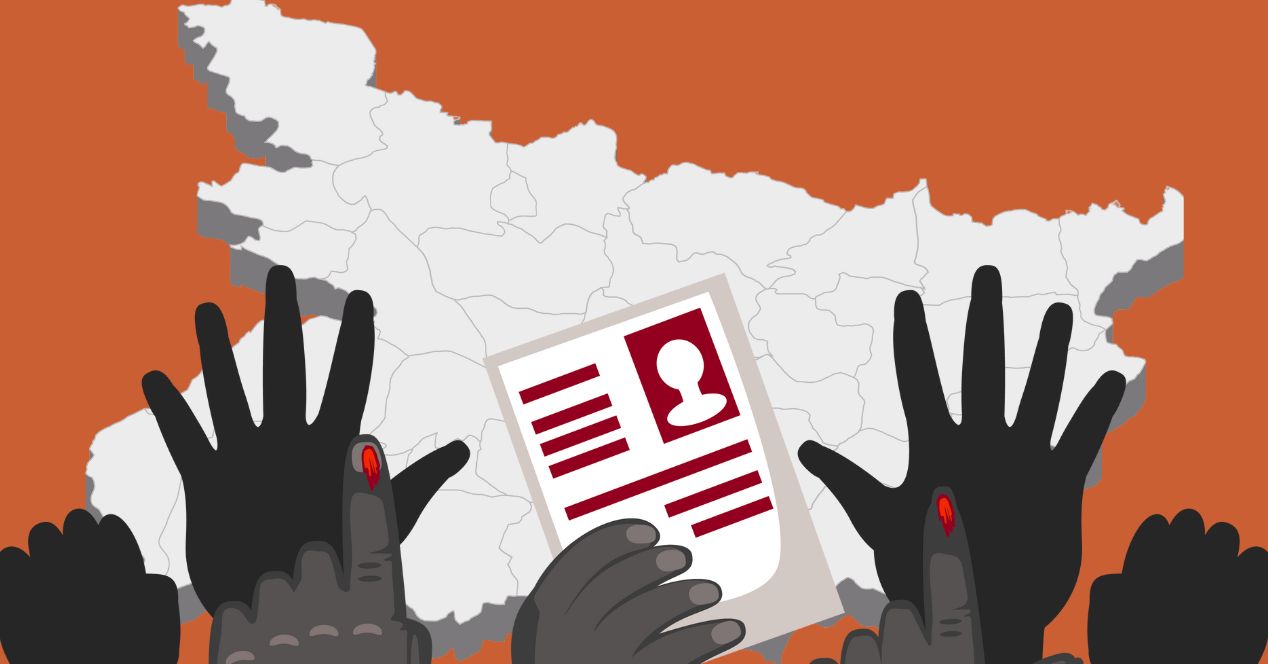In Bihar, elections are more than contests for votes—they are tests of social structures, caste coalitions, and citizen aspirations. But as we move into 2025, the playbook of Bihar’s political campaigns is undergoing a radical shift. The once intuitive world of electoral politics is being rewritten by data analytics, machine learning, and micro-targeting.
Booth-level voter rolls, sentiment maps from WhatsApp chatter, and predictive models now guide decisions that were once left to political instinct. Campaign managers no longer rely only on caste leaders or crowd size at rallies—they rely on dashboards.
This article explains how analytics is changing Bihar’s campaign playbook, where it empowers democracy, where it manipulates it, and how ICPR proposes a transparent, audit-first approach to ensure data builds trust rather than erodes it.
From Guesswork to Ground Data: Bihar’s Political Shift
Traditionally, Bihar’s campaigns were driven by:
- Caste arithmetic: Candidates selected based on community weightage.
- Star rallies: Leaders measured success by crowd numbers.
- Street chatter: Intuition from panchayat leaders guided campaign direction.
But cracks appeared. In 2015, several rallies drew massive crowds, yet seat results went the other way. In 2020, silent women voters swung seats unexpectedly. Political actors realized: intuition was no longer enough.
The Tools Bihar Campaigns Now Use
1. Booth-Level Analysis
Campaigns now map turnout, caste distribution, and past voting trends at the booth level. Analysts identify which booths are “low-turnout” but “high-potential” and target mobilization efforts there.
2. Sentiment Tracking on Social Media
Bihar is among India’s fastest-growing WhatsApp states. Party war rooms monitor:
- Keywords like naukri, mahila suraksha, pichhda samaj (jobs, women’s safety, backward community).
- Local dialect chatter in Bhojpuri and Maithili.
- Virality of memes, short videos, and misinformation campaigns.
3. Predictive Modelling
Machine learning models predict:
- Turnout likelihood for specific demographics.
- Impact of weather or festivals on voting day.
- Swing probabilities for undecided youth voters.
4. Volunteer Feedback Loops
Contributors in Nalanda or Siwan upload local reports through mobile apps. These micro-narratives are coded and fed back into strategy dashboards.
Case Study: Jobs, Migration, and Youth
Employment is the single biggest issue in Bihar 2025.
- According to CMIE data, Bihar’s unemployment rate hovers around 13%—among the highest in India.
- Media reports highlight that nearly 3 out of 5 young men in rural Bihar migrate seasonally to Delhi, Punjab, or Mumbai for work.
- In 2020, migration sentiment was overlooked; in 2025, every party is trying to own the jobs narrative.
Campaign analytics teams now:
- Map college clusters and migration-prone districts.
- Push micro-campaigns on Telegram/WhatsApp promising skill centers or job schemes.
- Track hashtags like #NaukriDo, which trended during campus protests in Patna.
Narrative shift: Jobs have moved from being a general “youth issue” to a scientifically targeted electoral faultline.
Women’s Voter Data: The Silent Surge
Election Commission data shows that in the last two Assembly elections, women’s turnout in Bihar exceeded men’s. This has forced parties to recalibrate.
- Data from the 2020 election shows women’s turnout at 59% vs men’s 58%.
- Welfare schemes like free cycles for girls, LPG under Ujjwala, and direct cash transfers have been mapped booth-by-booth to predict loyalty.
- In 2025, predictive dashboards simulate how a ₹10,000 women’s scheme may swing votes in rural districts.
But analytics also reveals caution: Women voters are not a single bloc—they are divided by caste, class, and urban-rural lines.
Narrative shift: Women are no longer treated as passive recipients of welfare—they are a mathematically decisive bloc in campaign playbooks.
Risks of Analytics-Driven Campaigns
While analytics strengthens campaign precision, it also brings dangers:
- Exclusion Risk
During the 2025 Special Intensive Revision (SIR) of electoral rolls, reports emerged of migrant-origin families in Kishanganj losing their names. Data-driven cleanups risk disenfranchising legitimate voters. - Manipulation
Micro-targeting can be exploitative—fanning insecurities in one community while promising subsidies to another. Without transparency, voters cannot see the full picture. - Opacity
Unlike manifestos, campaign dashboards are not public. Citizens cannot audit how decisions are being made.
Human Voices: Grounded Reports
Instead of invented anecdotes, let’s anchor in reported stories:
- NDTV (Sept 2025): Highlighted how women voters in Bihar have become a decisive bloc, reshaping campaign strategy.
- TOI (Sept 2025): Reported on Congress calling PM’s ₹10,000 women’s scheme “vote revdi + vote chori.”
- Navbharat Times (Sept 2025): Covered Nitish Kumar’s inauguration of 20,000+ schemes worth ₹11,921 crores just weeks before voting.
Together, these reports show how data and narrative feed each other: policies → news → voter perception → campaign analytics.
ICPR’s Framework: Transparent Analytics
At ICPR, we believe Bihar 2025 is a test case for whether data strengthens or weakens democracy. Our framework includes:
- Changelog Analytics
Every model update should leave a changelog. Citizens deserve to know: when, why, and how assumptions changed. - Glossary Tags in Campaign Messaging
Technical terms like “predictive model” or “psychographic segmentation” must be explained in plain language with attached glossary entries. - Rollback-Ready Forecasts
Forecasts should not be final numbers but scenario ranges with the ability to withdraw if data integrity is questioned.
Conclusion
Bihar’s 2025 election will be remembered not just for fiery speeches or caste alliances, but for the invisible dashboards that guided them. Campaigns that use analytics ethically—combining data with human dignity—will not only compete better but build long-term trust.
The danger lies not in using data, but in hiding it. Democracy depends on transparency, especially when algorithms shape decisions.
Call to Action
ICPR invites political leaders, researchers, and civic technologists to test our transparent election analytics toolkit. Let’s prove that data can strengthen Bihar’s democracy—not distort it.
📩 Contact ICPR to collaborate.

Leave a Reply